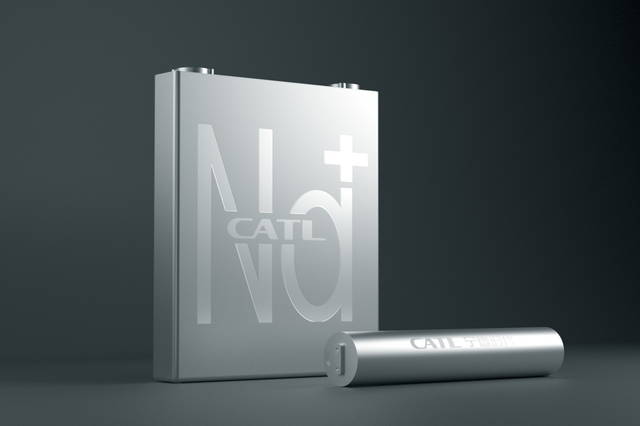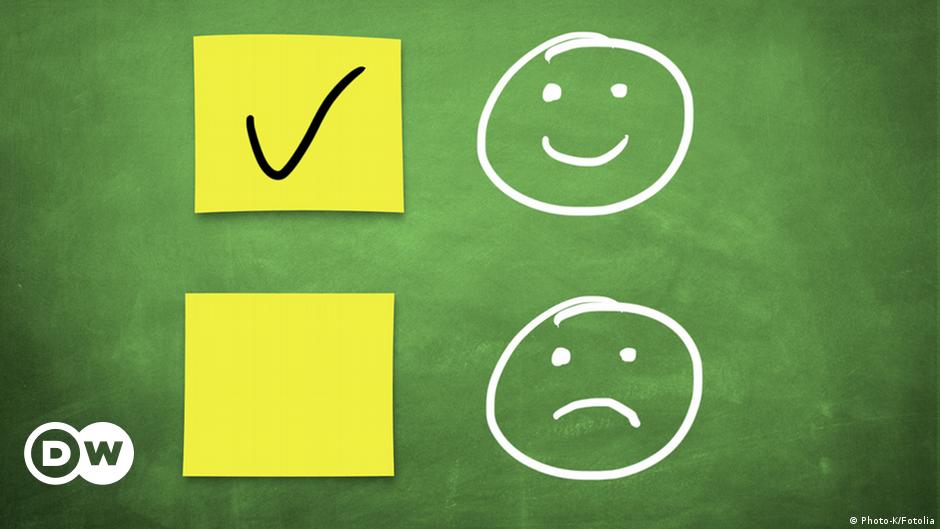FUTURE TO SODIUM? – Ai battery technology lithium ions seems to have almost monopolized the market for drums rechargeable electric and hybrid cars. But this technique is not the only one to focus on: sodium ion cells can also play an important role. To say this is precisely one of the world’s largest manufacturers of lithium batteries, the Chinese Contemporary Amperex Technology, Catlus. The mechanism of operation of a sodium cell it is the same as lithium elements: sodium ions carry electrical charges between the electrodes, absorbing current during recharging and generating it during discharge. However, sodium ions create some more difficulties: their higher dimensions (lithium atoms have only 3 protons and neutrons while sodium has 11) and they tend to fragment the electrodes and “pollute” them with crystals. CATL believes it has overcome these difficulties by using Prussian White for the cathode. This sodium, iron, carbon and nitrogen compound has been modified by CATL to overcome the rapid decay of its performance in charge / discharge cycles.
FAST CHARGE, CONSTANT PERFORMANCE – For the anode Catlus instead developed a hard carbon material with a porous structure, which promises to extend the life of the electrode, a large storage of sodium ions and a fast movement of them. The declared performances are interesting: a charged to 80% in 15 minutes, retention of 90% of the capacity at a temperature of -20C ° and a thermal stability better than that of lithium elements. A weak point is the energy density: sodium cells reach 160 Wh / kg, far from the current 250 of lithium elements. But CATL promises that the next generation of sodium ion batteries will exceed 200 Wh / kg. Whether the first sodium cells are produced by 2023, little is known about their prices; sodium is however much more abundant and cheaper than lithium and this bodes well.
ALL-ROUND HYBRID – The limit of low energy density would not be too problematic in stationary energy storage applications of renewables, an application explicitly cited by Catlus. To overcome the low energy density, the company is also studying hybrid batteries that combine both sodium and lithium cells in the same pack. These batteries, called AB, would manage, thanks to an advanced algorithm, the Battery Management Systems of the two types of cells, combining the best energy density of the lithium ones with the good performance of the sodium ones at low temperatures. Interesting news is that the production of sodium ion batteries it is compatible with the systems and production processes of lithium batteries: it is therefore possible to quickly convert the production lines.
–


